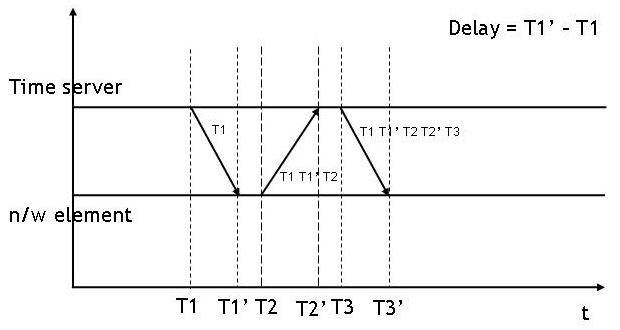|
SMPTE 2059
SMPTE 2059 is a standard from the Society of Motion Picture and Television Engineers (SMPTE) that describes how to synchronize video equipment over an IP network. The standard is based on IEEE 1588-2008. SMPTE 2059 is published in two parts on 9 April 2015: *SMPTE 2059-1Defines signal generation based on time information delivered by the IEEE 1588 protocol. *SMPTE 2059-2Defines an operating profile for the IEEE protocol optimized to the needs of media synchronization. SMPTE 2059 is an integral part of emerging professional IP video broadcast technology and standards. In May 2016, the Audio Engineering Society The Audio Engineering Society (AES) is a professional body for engineers, scientists, other individuals with an interest or involvement in the professional audio industry. The membership largely comprises engineers developing devices or products ... published a report describing synchronization interoperability between AES67 and SMPTE 2059-2. Operating parameters Referen ... [...More Info...] [...Related Items...] OR: [Wikipedia] [Google] [Baidu] |
Society Of Motion Picture And Television Engineers
The Society of Motion Picture and Television Engineers (SMPTE) (, rarely ), founded in 1916 as the Society of Motion Picture Engineers or SMPE, is a global professional association of engineers, technologists, and executives working in the media and entertainment industry. As an internationally recognized standards organization, SMPTE has published more than 800 technical standards and related documents for broadcast, filmmaking, digital cinema, audio recording, information technology (IT), and medical imaging. SMPTE also publishes the ''SMPTE Motion Imaging Journal'', provides networking opportunities for its members, produces academic conferences and exhibitions, and performs other industry-related functions. SMPTE membership is open to any individual or organization with an interest in the subject matter. In the US, SMPTE is a 501(c)3 non-profit charitable organization. History The Motion Picture and Television Engineers was founded in 1913 by Charles Francis Jenkins, w ... [...More Info...] [...Related Items...] OR: [Wikipedia] [Google] [Baidu] |
IEEE 1588-2008
The Precision Time Protocol (PTP) is a protocol used to synchronize clocks throughout a computer network. On a local area network, it achieves clock accuracy in the sub-microsecond range, making it suitable for measurement and control systems. PTP is employed to synchronize financial transactions, mobile phone tower transmissions, sub-sea acoustic arrays, and networks that require precise timing but lack access to satellite navigation signals. The first version of PTP, IEEE 1588-2002, was published in 2002. IEEE 1588-2008, also known as PTP Version 2 is not backward compatible with the 2002 version. IEEE 1588-2019 was published in November 2019 and includes backward-compatible improvements to the 2008 publication. IEEE 1588-2008 includes a ''profile'' concept defining PTP operating parameters and options. Several profiles have been defined for applications including telecommunications, electric power distribution and audiovisual. is an adaptation of PTP for use with Audio Vide ... [...More Info...] [...Related Items...] OR: [Wikipedia] [Google] [Baidu] |
Audio Engineering Society
The Audio Engineering Society (AES) is a professional body for engineers, scientists, other individuals with an interest or involvement in the professional audio industry. The membership largely comprises engineers developing devices or products for audio, and persons working in audio content production. It also includes acousticians, audiologists, academics, and those in other disciplines related to audio. The AES is the only worldwide professional society devoted exclusively to audio technology. Established in 1948, the Society develops, reviews and publishes engineering standards for the audio and related media industries, and produces the AES Conventions, which are held twice a year alternating between Europe and the US. The AES and individual regional or national ''sections'' also hold ''AES Conferences'' on different topics during the year. History The idea of a society dedicated solely to audio engineering had been discussed for some time before the first meeting, but was ... [...More Info...] [...Related Items...] OR: [Wikipedia] [Google] [Baidu] |
